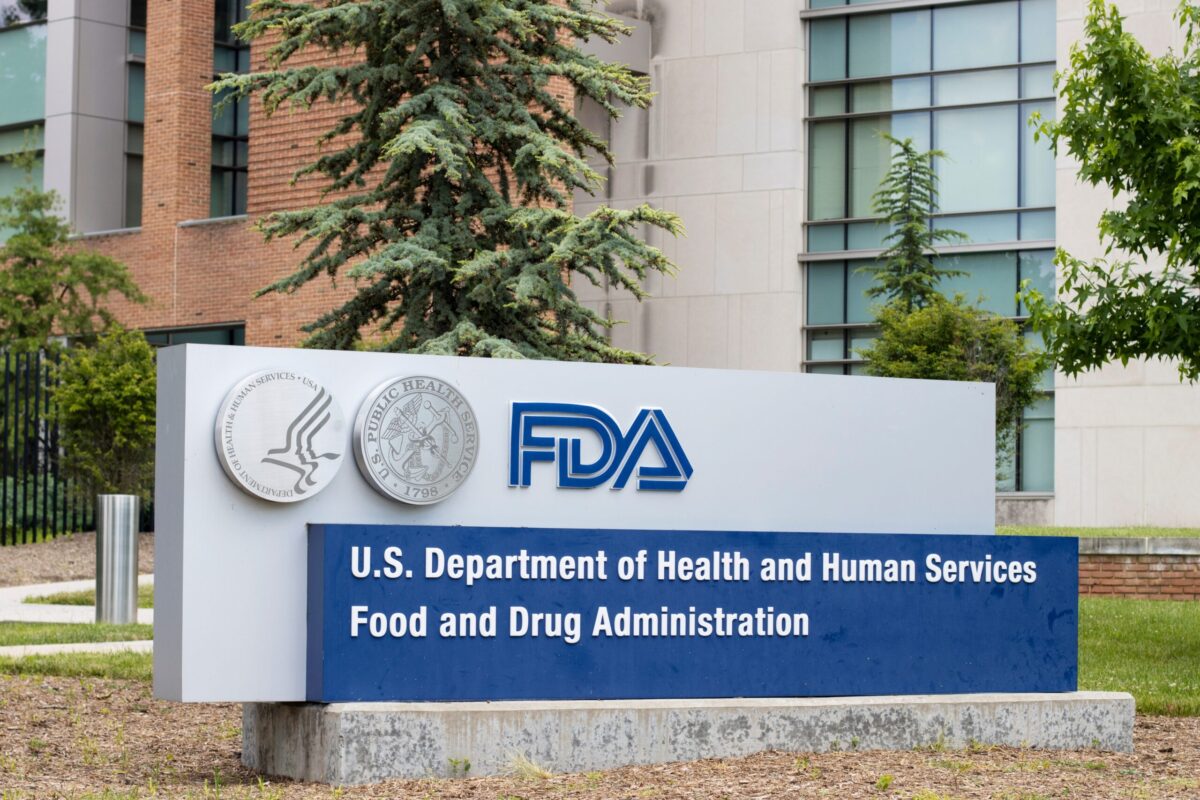Amid rivaling innovations in hereditary angioedema (HAE) care, the FDA has approved Ionis Pharmaceuticals’ Dawnzera (donidalorsen), the first RNA-targeted medicine for preventing attacks in adults and adolescents aged 12 years and older.
Dawnzera is self-administered through a subcutaneous autoinjector once every four or eight weeks. The therapy introduces a new preventive option for patients living with the rare genetic disorder.
HAE is a rare, chronic condition marked by unpredictable swelling episodes that can affect the skin, abdomen and airways. The disease stems from a deficiency in a protein that helps regulate swelling and inflammation. Attacks can be painful and, when the throat is involved, potentially life-threatening.
Dawnzera is an RNA-targeted antisense oligonucleotide (ASO) therapy that works by reducing the body’s production of plasma prekallikrein (PKK), a protein involved in triggering swelling attacks. By blocking PKK production at the genetic level, the drug helps prevent the inflammatory cascade that drives HAE attacks.
It acts earlier in the same biological pathway that other HAE drugs target, giving patients a new mechanism for long-term control.
XTALKS WEBINAR: Using Early Evidence Generation to Drive Commercial Success
Live and On-Demand: Monday, November 24, 2025, at 11am EST (5pm CET/EU-Central)
Register for this free webinar to explore the strategic value of early evidence generation in biotech development, focusing on what data is needed, when it matters and how emerging companies can build a fit-for-purpose plan to support both partnerships and reimbursement goals.
The FDA decision was supported by results from the Phase III OASIS-HAE study, a global, multicenter, double-blind, placebo-controlled trial evaluating Dawnzera’s efficacy and safety over 24 weeks.
Patients receiving the 80 mg dose every four weeks experienced an 81% reduction in mean monthly attack rate compared with placebo. The reduction increased to 87% when measured from the second dose, meeting both primary and key secondary endpoints. Moderate-to-severe attacks were reduced by about 90% from the second dose through the 24-week period.
Long-term data from the ongoing OASISplus open-label extension study supported these findings. After one year, participants on either the four- or eight-week dosing schedule achieved a 94% total mean reduction in attack rate from baseline. The study also evaluated patients switching from existing prophylactic therapies, including lanadelumab, C1-esterase inhibitor and berotralstat.
Switching to donidalorsen produced a further 62% drop in mean monthly attack rate without an increase in breakthrough attacks, a meaningful outcome for clinicians who often see transitional flares when changing treatments. In a follow-up survey, 84% of participants preferred Dawnzera to their previous therapy, citing better disease control and less treatment burden.
Across studies, Dawnzera showed a favorable safety profile.
In the HAE space, Takeda’s Takhzyro (lanadelumab) has been a key preventive therapy since its FDA approval in 2018. Earlier in 2025, the company gained EMA approval for a pre-filled pen formulation, reflecting ongoing innovation around ease of use.
According to recent market analyses, C1-esterase inhibitors continue to represent the largest share of the HAE treatment landscape, while newer approaches such as RNA-targeted, monoclonal antibody and small-molecule kallikrein inhibitors are diversifying prophylactic options for clinicians and patients.
Dawnzera’s approval adds a new therapeutic dimension to this evolving field. KalVista Pharmaceuticals’ Ekterly (sebetralstat), approved in July 2025 as the first oral on-demand therapy, and CSL’s Andembry (garadacimab-gxii), approved in June 2025 as the first factor XIIa-targeting prophylactic, each address different aspects of disease management. Ionis’s RNA-based approach extends these advances with a distinct upstream mechanism that targets the kallikrein pathway before attack onset.
Ionis, which transitioned into a commercial-stage biotech, has launched Dawnzera in the US and introduced the Ionis Every Step program to help patients access treatment and navigate insurance coverage.
ASO therapies have been catching on lately. These short, synthetic strands of nucleic acids are designed to bind to mRNA and modulate gene expression, either by suppressing the production of disease-causing proteins or restoring the function of deficient ones.
More than 70 companies are advancing over 90 ASO candidates across rare genetic, neuromuscular and cardiovascular diseases, according to DelveInsight. Recent examples include Arnatar Therapeutics’ investigational ART104, which seeks to correct Jag1 protein deficiency in Alagille syndrome, showing how ASO technology is being used to address diseases at their genetic source.
If you want your company to be featured on Xtalks.com, please email [email protected].












Join or login to leave a comment
JOIN LOGIN